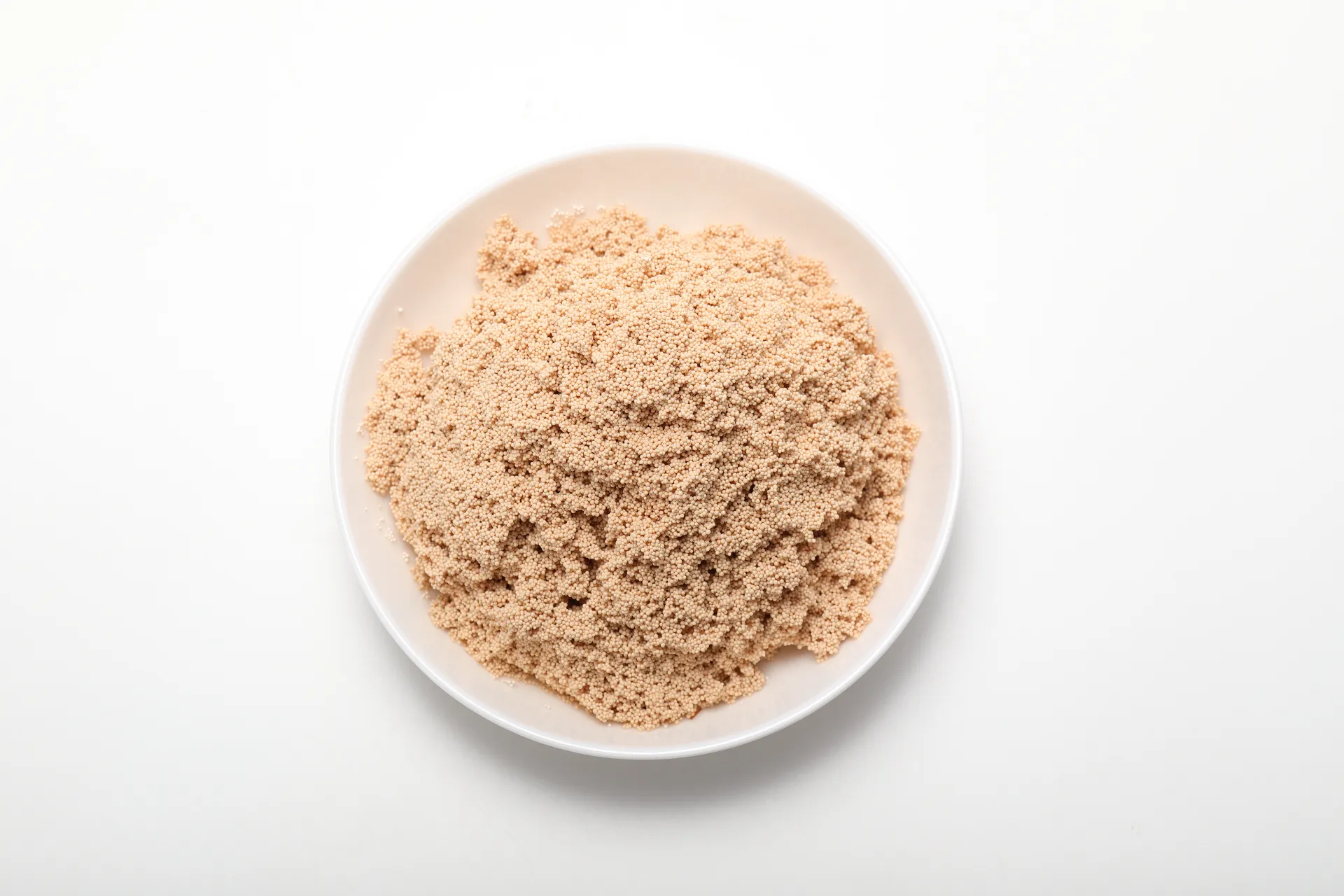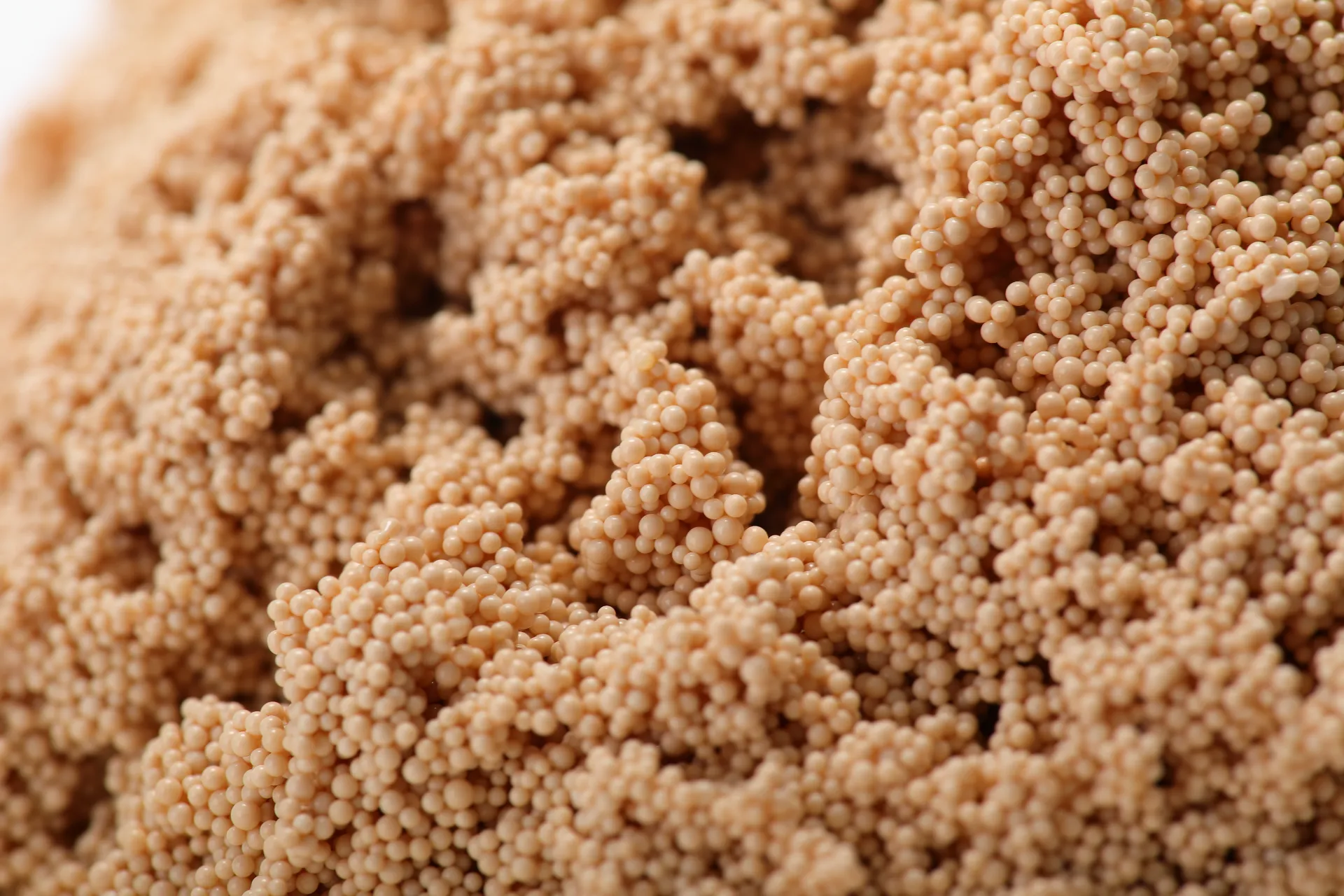Strong Acid Cation Exchange Resin D001: real-world notes from the field
If you work in ultrapure water or boiler make‑up, you’ve met a Strong Acid Cation Exchange Resin sooner or later. D001 from Lijia (Hebei, China) has been popping up in my inbox a lot—probably because mixed-bed operators keep chasing higher reliability without breaking the capex piggy bank. To be honest, I was skeptical at first; then I saw a few plants run it for a full outage cycle with barely a hiccup.

What it is (and why it matters)
D001 is a macroporous, polystyrene–divinylbenzene resin carrying sulfonic acid groups—your classic strong acid cation in H+ or Na+ form. The macroporosity gives it better kinetic access for multivalent ions and decent organic fouling resistance. Many customers say it’s forgiving in high-speed mixed beds, and that tracks with the pore structure and bead strength.
Product snapshot
| Parameter | D001 (typical) |
|---|---|
| Matrix / Porosity | Polystyrene‑DVB, macroporous (≈8% crosslink) |
| Functional group | Sulfonic acid (–SO3H) |
| Total capacity (wet) | ≈1.9–2.1 eq/L (real‑world use may vary) |
| Moisture content | 45–55% |
| Particle size | 0.6–0.8 mm, UC ≤1.6 |
| Operating pH / Temp | pH 0–14; up to ≈120°C (Na form), ≈100°C (H form) |
| Shipping form / Packaging | H+ or Na+; 25 L bags / 1000 L IBC |
Industry currents: why Strong Acid Cation Exchange Resin demand keeps rising
Three drivers: decarbonized power (condensate polishing), semiconductors (ultrapure water), and food/beverage (polishing + softening under tighter compliance). Plus, there’s renewed focus on resin mechanical strength because SIS lines are running harder and longer between regenerations.

How it’s made: quick process flow
- Materials: styrene, DVB crosslinker, porogens, initiators; sulfonation with sulfuric acid/oleum.
- Methods: suspension polymerization → bead curing → sulfonation → neutralization and classification.
- Testing: capacity, moisture, bead size, attrition, osmotic shock (ASTM D2187), compliance vs GB/T 10146; QC under ISO 9001.
- Service life: ≈2–5 years depending on fouling, oxidants, and regeneration discipline (HCl/H2SO4 typical).
- Industries: power, microelectronics, pharma water pretreat, F&B demin, mining hydrometallurgy.
Where it’s used (in practice)
High‑speed mixed beds with a Type I or II strong base anion resin; hot condensate polishers; softening upstream of RO; emergency dealkalizers. In mixed beds, operators told me D001 handled frequent load swings better than a gel‑type Strong Acid Cation Exchange Resin.
Mini case studies
- Power plant, 50 m³/h mixed bed: effluent conductivity 0.06–0.09 μS/cm, sodium leakage
- Beverage plant softening: ΔP stable within 10–12 kPa/cycle; regenerant savings ≈8% after bead size re-grade.
Customer feedback? “Less bead breakage during acid regen than our old gel resin”—not lab-grade phrasing, but it’s the kind of comment that keeps procurement interested.

Advantages at a glance
- Macroporous backbone resists organic fouling and osmotic shock.
- Uniform particle size for predictable pressure drop and separation in mixed beds.
- High mechanical strength; fewer fines, cleaner backwash windows.
- Available forms (H+/Na+) streamline startup.
Vendor comparison (realistic, approximate)
| Vendor / Model | Capacity | Bead strength | Certs | Lead time |
|---|---|---|---|---|
| Lijia D001 (Hebei, China) | ≈1.9–2.1 eq/L | High (low attrition reported) | ISO 9001; NSF/ANSI/CAN 61 on request | 2–4 weeks (typ.) |
| Generic A (APAC) | ≈1.8–2.0 eq/L | Medium | ISO 9001 | 3–6 weeks |
| Premium B (EU) | ≈2.0–2.2 eq/L | Very high | ISO 9001; NSF 61 | 4–8 weeks |
Customization and compliance
D001 can be supplied in tighter bead cuts (e.g., 0.6–0.7 mm) for high‑speed separators, with adjusted crosslink to balance kinetics vs stability. For drinking water, ask for current NSF/ANSI 61 status and lot-specific extractables. Shipping from NO.2 East Jianshe Road, High‑Tech Industrial Development South Zone, Wei County, Xingtai, Hebei Province, China.
Final take
As a workhorse Strong Acid Cation Exchange Resin in mixed beds, D001 hits the sweet spot: predictable hydraulics, respectable capacity, and good bead durability. Not flashy—just solid. And in water treatment, that’s what keeps turbines spinning and bottling lines calm.
References
- ASTM D2187 – Standard Test Methods for Physical and Chemical Properties of Particulate Ion-Exchange Resins.
- GB/T 10146 – Styrene-type Cation Exchange Resin (China National Standard).
- NSF/ANSI/CAN 61 – Drinking Water System Components – Health Effects.
- ISO 9001:2015 – Quality Management Systems – Requirements.
Hebei Lijiang Biotechnology Co., Ltd, is a new material manufacturer specializing in the production of high-performance special ion exchange resins.mixed bed resin suppliers It is a modern high-tech enterprise that integrates the research and development,production, sales, and service of resin materials and resin terminal products.ion exchange resin The company is committed to producing high-quality industrial grade, food grade,pharmaceutical grade, and nuclear grade resins.cation exchange resin It has passed ISO9001 management certification,SGS certification, and WQA international certification from the American Water Quality Association, and has obtained a national food hygiene license. Food grade resin products comply with FDA standards in the United States.super blog